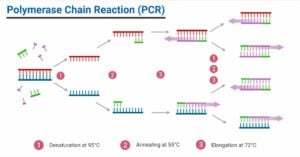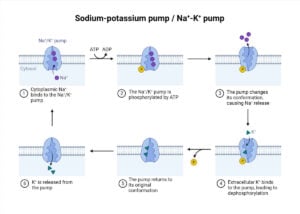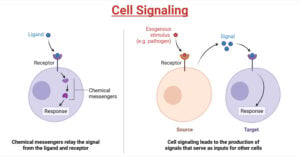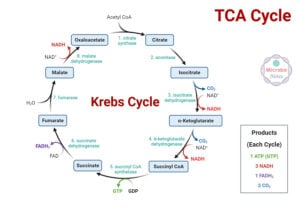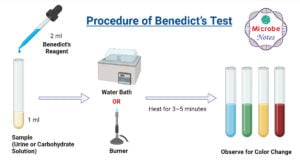Polymerase Chain Reaction (PCR): Principle, Enzymes, Steps, Types, Uses
Polymerase Chain Reaction (PCR) is a nucleic acid amplification technique used to amplify the DNA or RNA in vitro enzymatically. It is a temperature-dependent enzymatic process where either a specific … Read more

